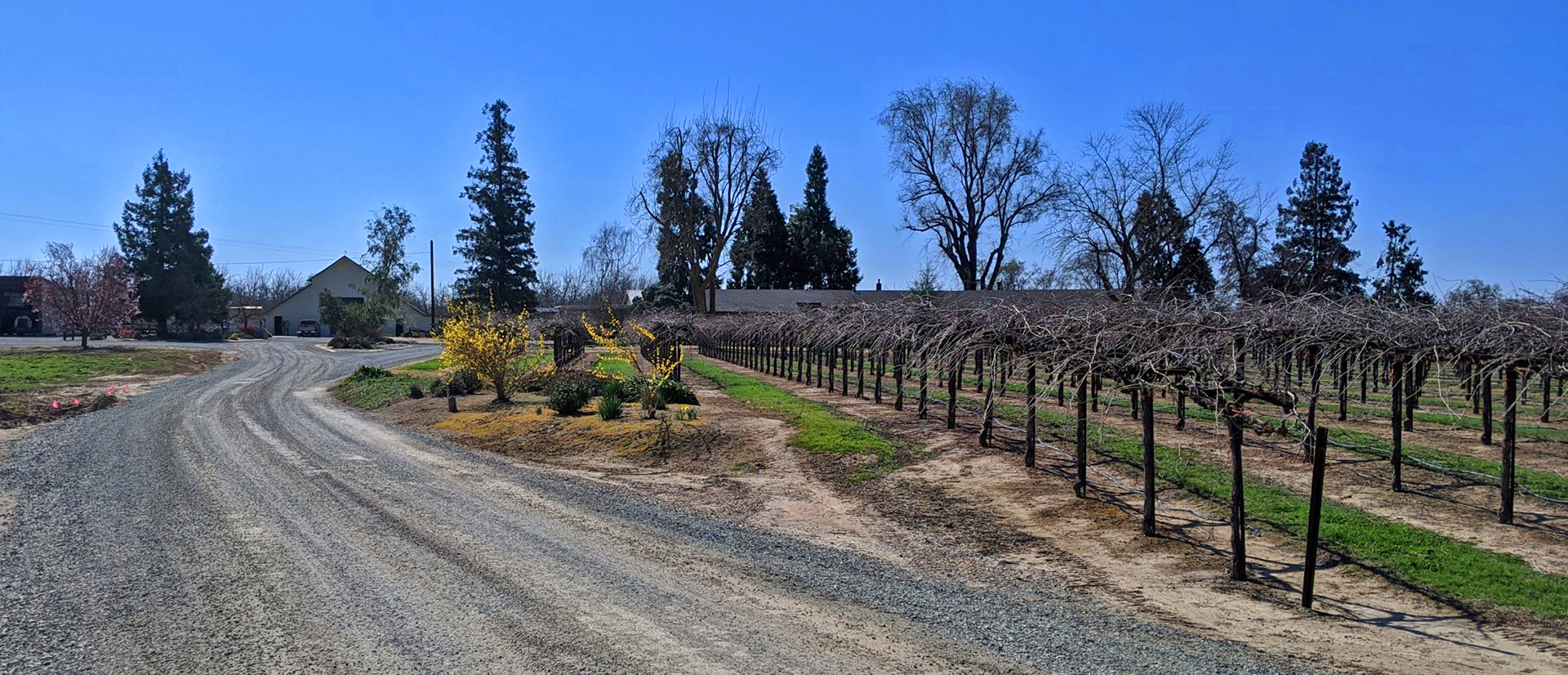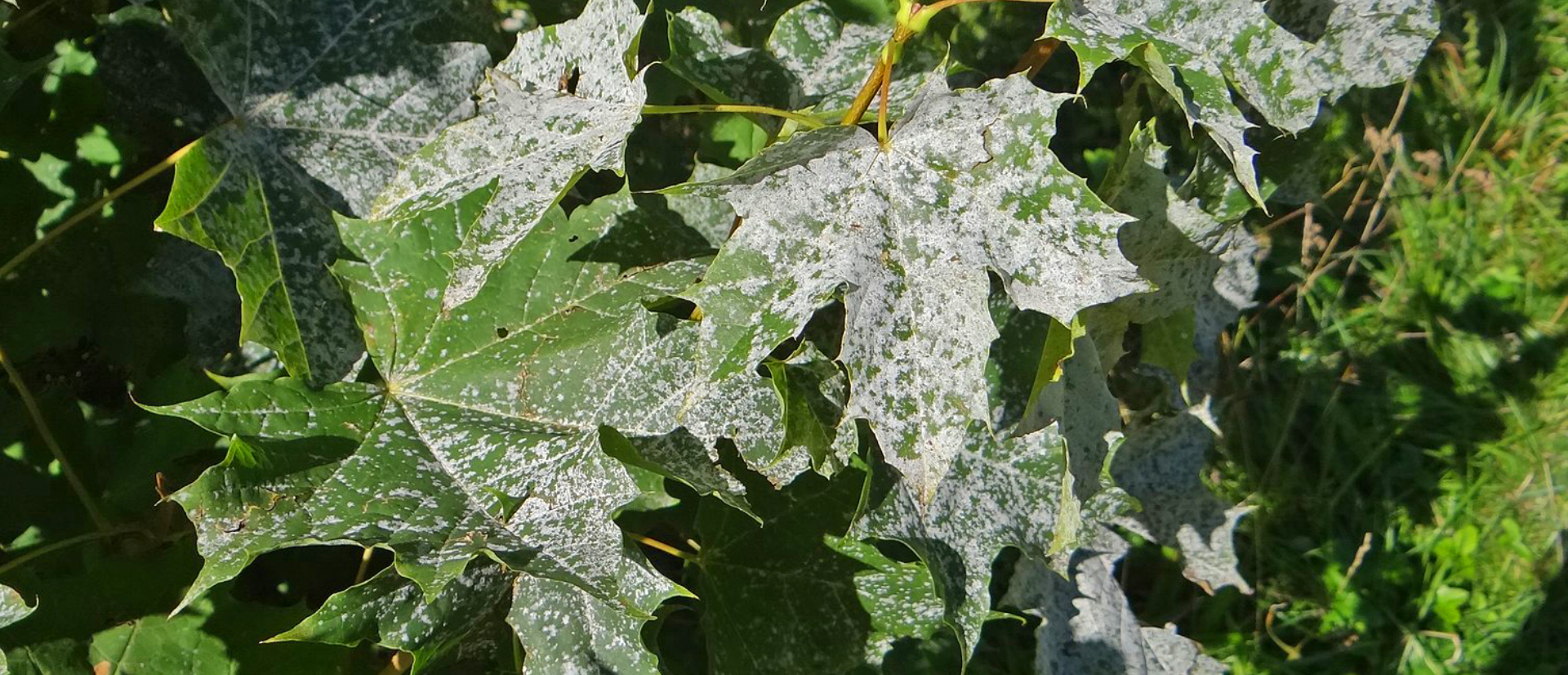By: Ron Lane
CEO of Circadian Crop Sciences, LLC/Retired Superintendent of Agriculture, Environmental Horticulture and Plant Sciences Departments, UC Davis (26 years)/Former General Manger of Gourmet Gardens Produce—a six-acre greenhouse operation growing hydroponic cucumbers, tomatoes, peppers, lettuces, and herbs (8 years). Former Vice President, American Greenhouse Vegetable Growers’ Association
Developing a pesticide spray program is a process of creating a toolbox or tool boxes. You have a toolbox for good horticultural practices, another for crop nutrition, another for modifying the environment, another for using beneficial arthropods, and another for pesticides.
The pesticide toolbox lists the breadth of pesticides available for a crop at the site in which it is grown. Proximity to schools and residences and environmentally sensitive areas can limit the tools in the box. So can local ordinances (check with your Agricultural Commissioner). Greenhouse and other indoor growers generally have fewer tools than those growing the same crop outdoors. Finding your tools will take some research. You will find many if not all on the internet. Some States have lists of registered pesticides. This website (https://www.pesticide-database.com/) can help with finding pesticides for some crops. I am sure there are other databases out there (feel free to identify any you find helpful in the comments below). You can go to the websites of big companies like Bayer, Dow, and BASF and go through their labels. Don’t forget about the smaller companies, heck no, Circadian Crop Sciences, LLC is one, and all too often the smaller companies are the leaders of innovation. As you find pesticides labeled for your situation place them on a spreadsheet organized by Mode of Action (MOA).
The MOA describes how the pesticide kills the target pest. This chart lists the current Modes of Action (https://cals.arizona.edu/crops/pdfs/IRAC%20MOA%20brochure_v4%202_Oct10.pdf) Near the bottom of the chart active ingredients are listed for active ingredients that have different modes of action. You can search for those ingredients on the web and find pesticides using them. If pesticides of only one MOA exist for controlling aphids in your situation, you’re in trouble. You need to give biocontrols and exclusion measures extra-serious consideration. If aphid populations are sprayed with pesticides of one particular MOA repeatedly, the population will acquire significant resistance to those pesticides and can do so in as little as a year. That pesticide is then worthless. Spider mites are also quick to develop resistance to pesticides and others will too. To reduce or even stop this trend, pesticide applicators need to change up the MOA. The more you can change up the MOA the less likely you will see resistance. Over the last thirty-five years the only pesticides that I have used that are as effective now as they were then are the horticultural oils and sulfur. Rotating them into your pesticide spray program can help to keep pests from gaining resistance to your other pesticides.
When you grow specialty crops in greenhouses or grow rooms your toolbox can be very limited. If it is too limited to grow your crop you need to familiarize yourself with the IR4 Special Local Need Program. Back in the 80’s I created the California Greenhouse Vegetable Growers Association and used that program to acquire two pesticides that were desperately needed by greenhouse tomato and cucumber growers. You can do something like that for your situation too.
Keep good records on how your tools are used and how effective they are against the target organism. Refer to these records before each spray so you can ensure that you’re not using the same MOA repeatedly. In general don’t go with the same MOA for more than three consecutive applications, with the exception of oils and sulfur. Okay, copper still seems to work as well as it did thirty years ago, but there are drinking water concerns surrounding copper. And you could very well be jeopardizing your own health. Don’t breath copper dust. You are then exposing yourself to far higher levels of copper than the few parts per million in drinking water that has health officials concerned. You also have to think of workers that may handle plants following a copper application. I’m cool with you still using copper, but please go with the lowest effective rates, and only when necessary. The potassium sorbate polymer formed by All Phase can likely replace all your copper needs, but rotating in copper sprays is probably more effective than relying solely on either one.
In summary, you need to acquire tools (pesticides) that work by different Modes of Action, and you need to keep them sharp by not overusing any one Mode of Action.
Grow on!





